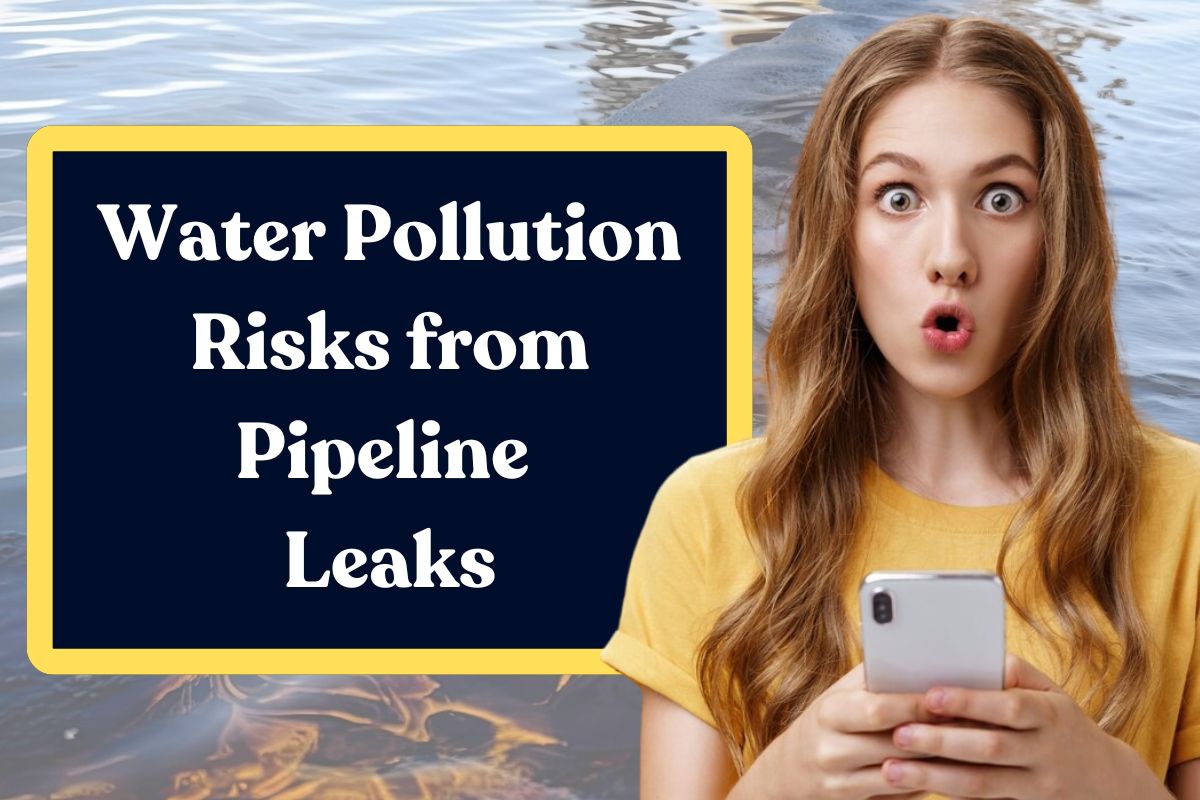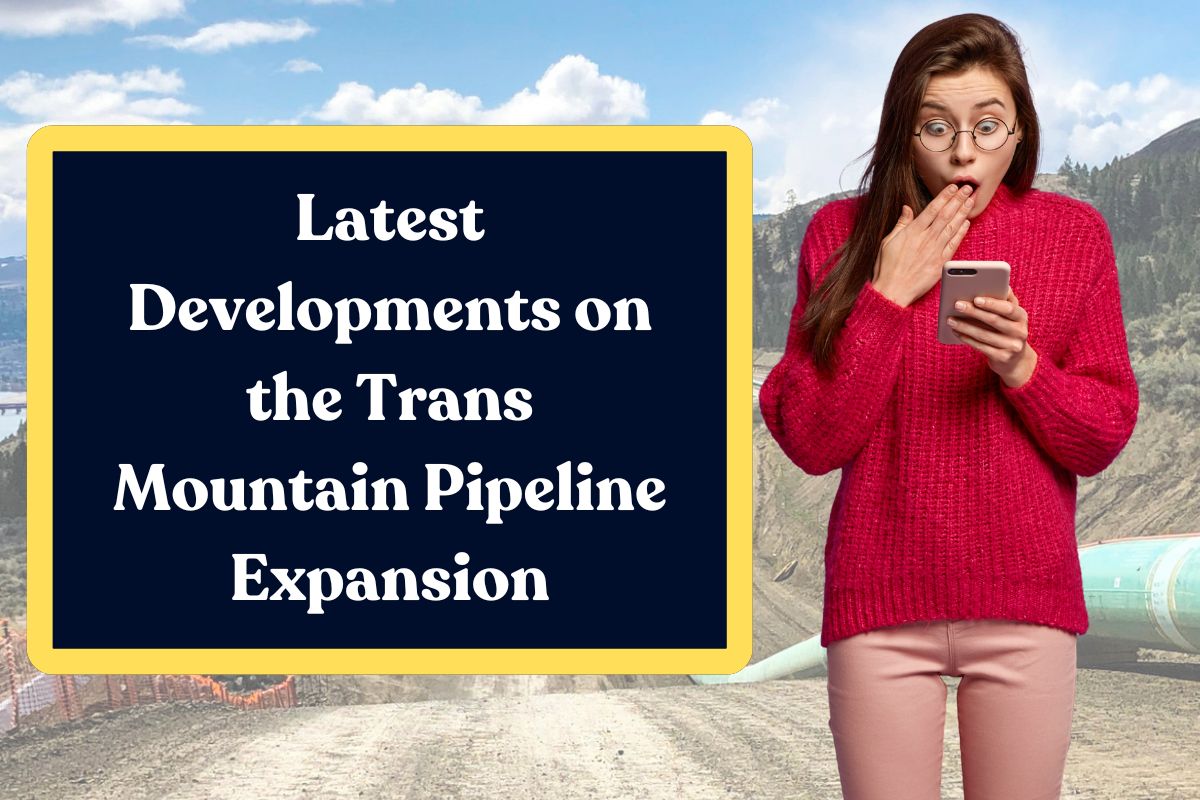Water is a basic necessity in everyone’s life, and if it gets polluted, people have to face some hazardous effects. One of the reasons for water pollution is the pipelines, especially those that carry oil and gas. The leakage of gas and oil from pipelines gets mixed with drinking water, harming the ecosystem and wildlife.

Water Pollution Risks from Pipeline Leaks
Water pollution contains harmful substances, which include chemicals and microorganisms, that degrade the water quality. Today, this is a widespread problem because it worsens health, and every year, people die. However, it can be prevented by the safety measures. To get a full understanding of water pollution, you can read the article.
Causes of Pipeline Leakage
Pipeline leakage can happen due to different reasons, including material and operational issues. Some of the common reasons are as follows:

Corrosion:
With time, the internal and external layers of the surface corrode because of chemical reactions with the gas. So with time, the pipelines get weak and create holes and rupture, which leads to water pollution. Continuous use and Corrosion also make the material weak, which increases the chances of a leak.
Faulty Weldings:
Improper welding and a poor installation process create the leakage. Always give the contract to a specialized person because a small mistake in a welding job can lead to high costs. The chances of leakage increase when there is a sudden spike or high pressure in the pipelines.

Biological Factors:
In some areas, microbiologically influenced corrosion is so high that it contributes to weakening the material. Another reason is that if the environment has constant moisture and humidity, the material will easily be oxidized and rust.
Risks due to Pipeline Leak
There are different risk factors because of a pipeline leak. Some of the major risks are given below:

Ecosystem Damage:
After the pipeline leakage, the gases and oil spills harm the aquatic life. When the oil gets mixed in water, it coats the water surfaces, blocking the sunlight and oxygen level, which harms the plants, Fish, and other aquatic animals. Some of the fish and shellfish can’t digest the oil, which may lead to death.
Drinking water:
After the leakage, the water may become poisonous if the pipeline carries harmful gases like Methane, which can cause anyone’s death. In Other cases, some substances produce bacteria and heavy metals that can harm the drinking water and aquatic life. If the substance comes in contact with the ground level, it can create more disruption because there are still many people who drink the groundwater without any filtering process.

Long-term environmental damages:
Pipeline leakage causes long-term disadvantages to the environment as it affects the soil, which will make the land infertile, and the water, which will become poisonous. Many indigenous people won’t be able to grow their traditional vegetables. The situation will be worse for the local habitat as the particular area will not have any drinkable water or proper greenery.
Health Issues:
After the water gets harmed, it may create various health issues like neurological damage, gastrointestinal illness, and other issues. Some species depend on the food that is growing in their area, and they don’t eat other food.
Prevention of Pipeline leaks
Sometimes leakages can create a huge disaster, but identifying the issue and taking measures at the time can minimize the chances of risk and loss. Given below are some of the prevention that can be followed:
Leak detection technology:
Leak detection technology will not be able to prevent harm completely, but it will reduce the long-term disadvantages that can harm the nearby localities, water, and land. It is helpful to identify the leak on time, which will minimize the loss. Infrared cameras and laser-based methane detectors are one of useful tools to prevent harm in the long term near water bodies.
Regular Maintenance:
Due to rain or some construction work, pipelines get fragile and break after a time, but regular maintenance work and inspection are important for saving the environment from any potential damage.
While constructing, it is advisable to use good quality materials and take the help of experts and a professional engineer. After completing the construction work, it should be inspected to ensure that the work is up to the required quality or not.
Environmental Assessment:
It should be mandatory to assess the area before fixing the pipeline in the ground, as it will reduce the negative impact on the environment. Construction of the pipeline should be avoided where people live or in an area that has fertile soil, wildlife, and water. In case of the construction of a pipeline in a highly populated area, there should be an emergency response plan that will help to minimize the impacts on the environment and human beings.
Types of water pollution
There are mainly three types of water pollution that happen because of oil and gas pipelines:
Groundwater Pollution:
In the rainy season, when rain falls and the water transfers into the deep earth and cracks, it becomes groundwater. It is not visible, but it is the most important source of water for the people who live in rural areas.
When the pipelines get leaked, it makes its way to the groundwater and makes it harmful for the people who use it. It is difficult to clean all the harmful substances from the groundwater, and the cost will be high. If it gets polluted, it becomes harmful to use the water even for a decade.
Surface water pollution:
Surface water covers around 70 of the Earth and is the main source to transfer water for the ocean, lakes, and rivers. Around 60 percent of Americans get their surface water for their daily use. However, constructing the pipeline near the water bodies pollutes the water and makes it unfit for fishing, drinking, and swimming for the people. Apart from people, it also stops the growth of plants and makes it difficult for animals to drink water.
Ocean Water Pollution:
Oil and gas leaks are a major source of ocean water pollution. 70% of the ocean pollution comes from land, so if there is any leakage, even on the surface that is nearby to the ocean, it will affect the water. Ocean water is a main source of drinking water for birds and marine mammals, but when the ocean water gets polluted, it will cause internal damage that will lead to Hypothermia and death.






